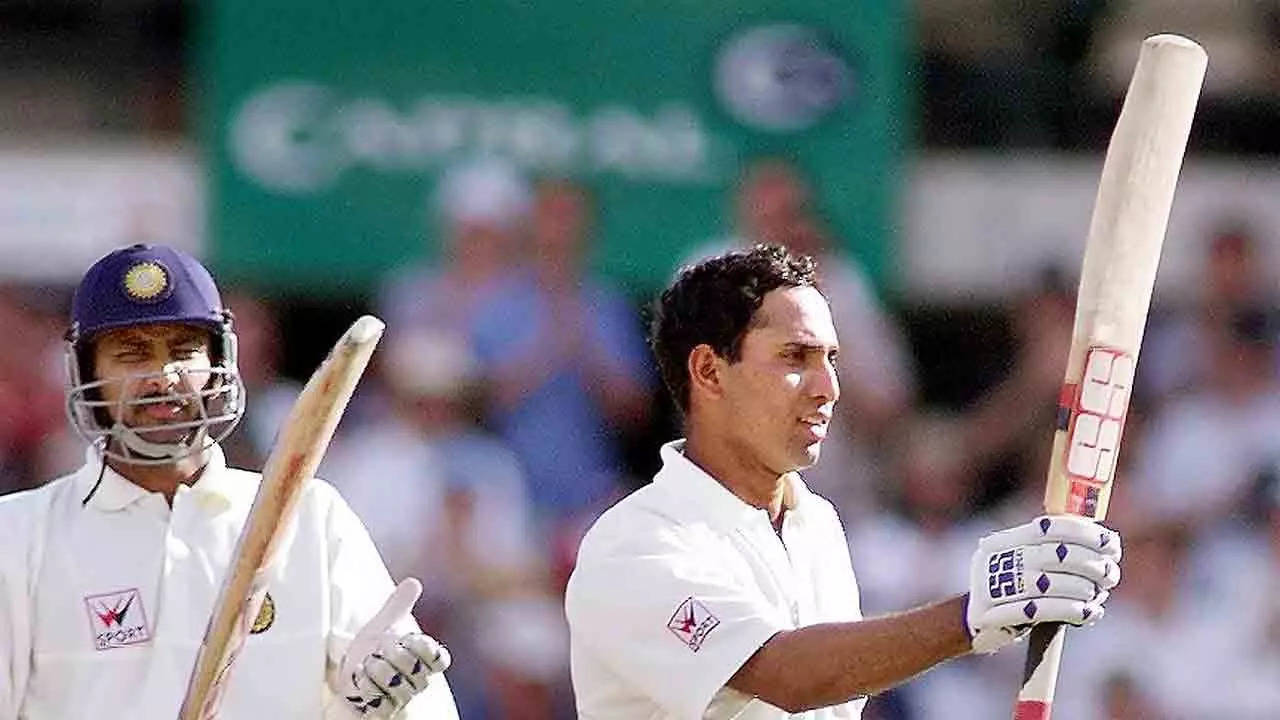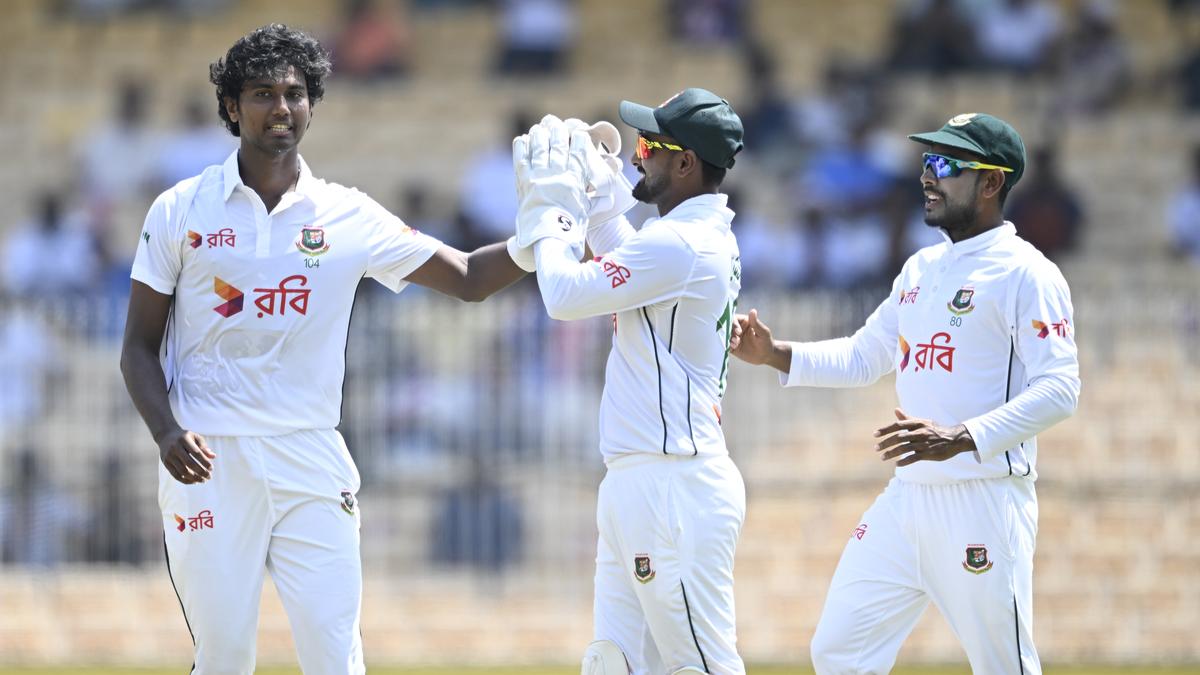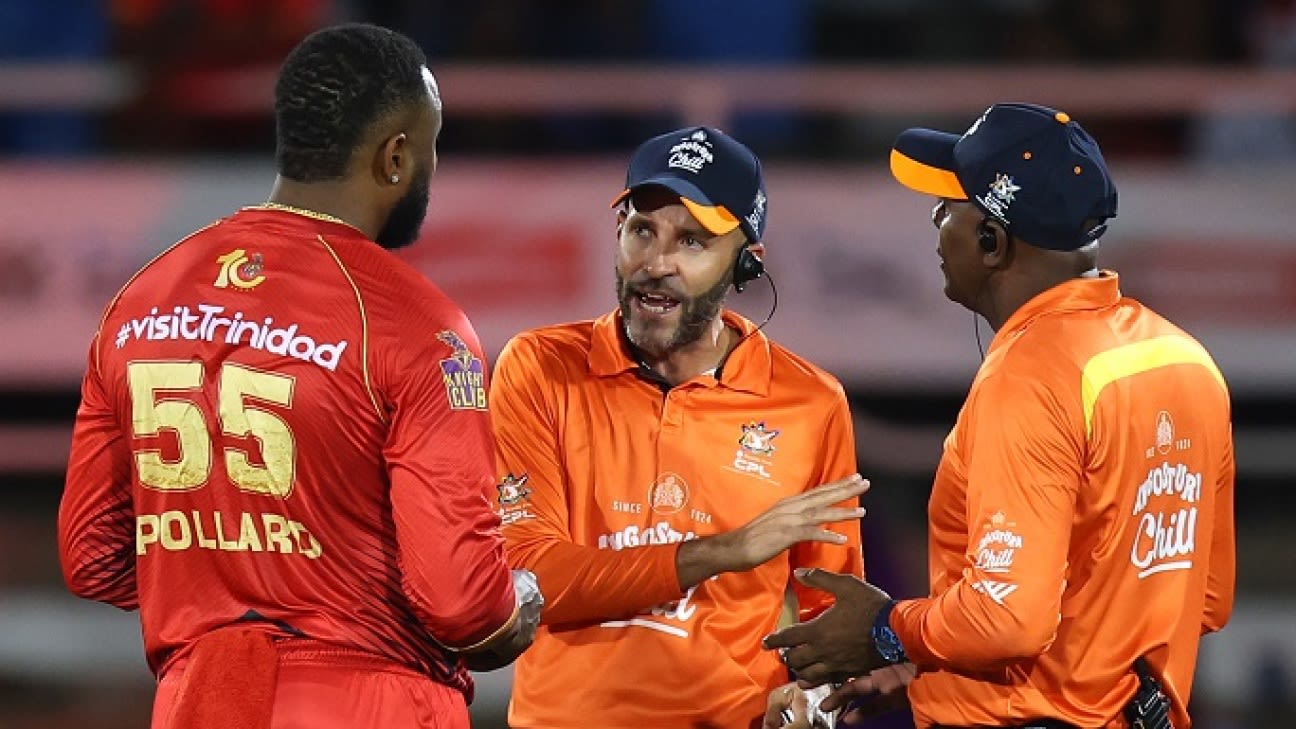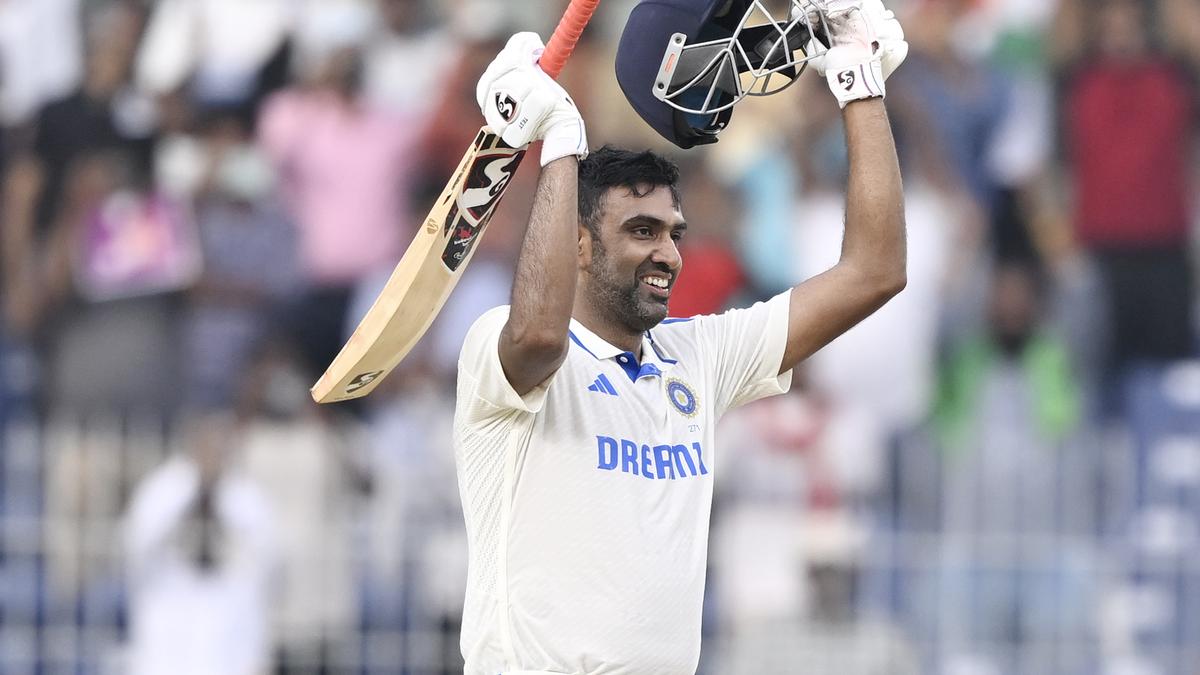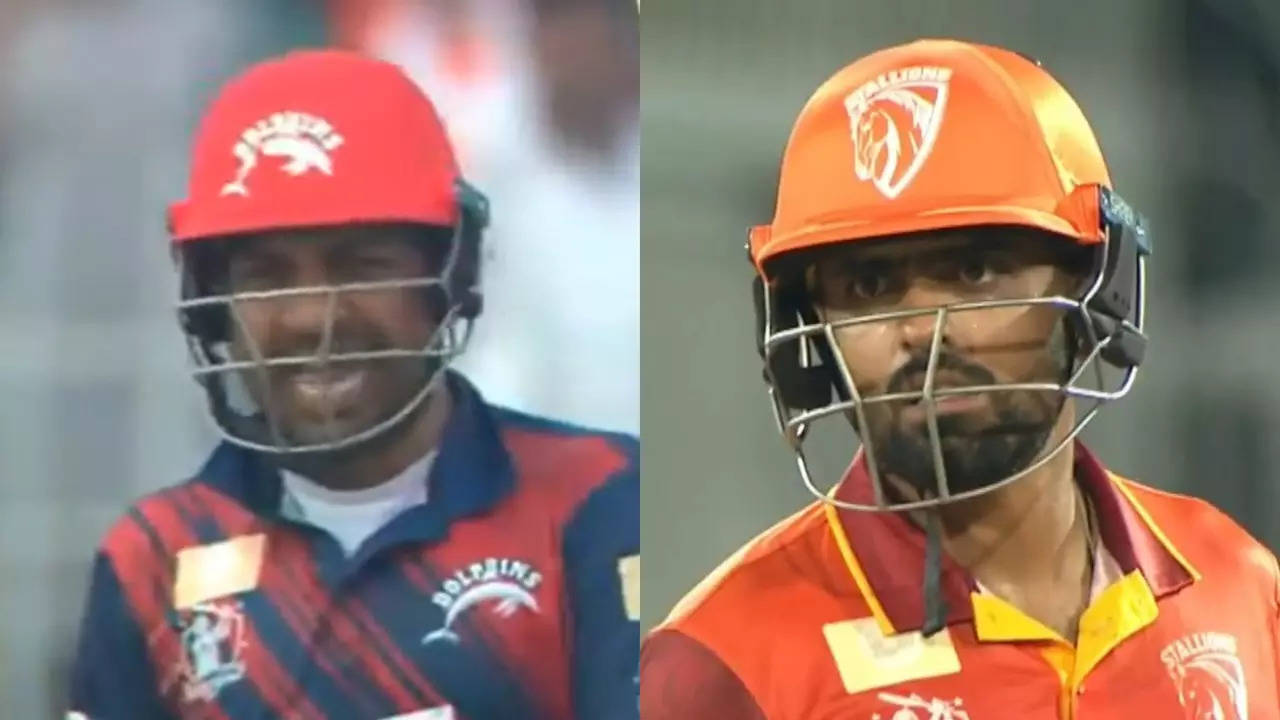Ford Trophy to Open New Zealand’s Domestic Cricket Season in 2024-25
New Zealand’s domestic cricket season will undergo a significant change in 2024-25, with the Ford Trophy, the men’s 50-over competition, kicking off the season instead of the traditional Plunket Shield. This marks the first time in six years that the Ford Trophy will open the domestic campaign.
The season will commence on October 20 with three rounds of Ford Trophy matches. Defending champions Canterbury will face Wellington in one of the opening day fixtures. The Plunket Shield will then take over from November 11, with two rounds scheduled before New Zealand’s home series against England. The first Test against England begins on November 28, coinciding with the third set of Plunket Shield games.
Similarly, the Hallyburton Johnstone Shield, the domestic one-day tournament for women, will start on November 16, aligning with Australia’s inbound tour, which includes three ODIs. Six rounds of Johnstone Shield games will be played before New Zealand takes on Australia in the first ODI on December 19.
The change in the domestic schedule was made after consultations with players, coaches, and turf managers. Richard Brewer, NZC head of cricket operations, explained that the move will provide different pitch conditions for both competitions, presenting new challenges for batters and bowlers. Additionally, the alignment of the Plunket Shield with the England Test tour is seen as an added benefit.
For men, five rounds of the Ford Trophy will be followed by four in the Plunket Shield until December 10. The Ford Trophy resumes on February 6 and concludes with the final on March 2 in Dunedin. The Plunket Shield then takes over again from March 5, with the domestic season concluding with the Plunket Shield final round from March 29 to April 1.
For women, the Johnstone Shield breaks after six rounds on December 15 and restarts on February 8. The final will be played on March 1 in Dunedin.
The NZC is yet to confirm dates for the men and women’s Super Smash, the T20 competition.



